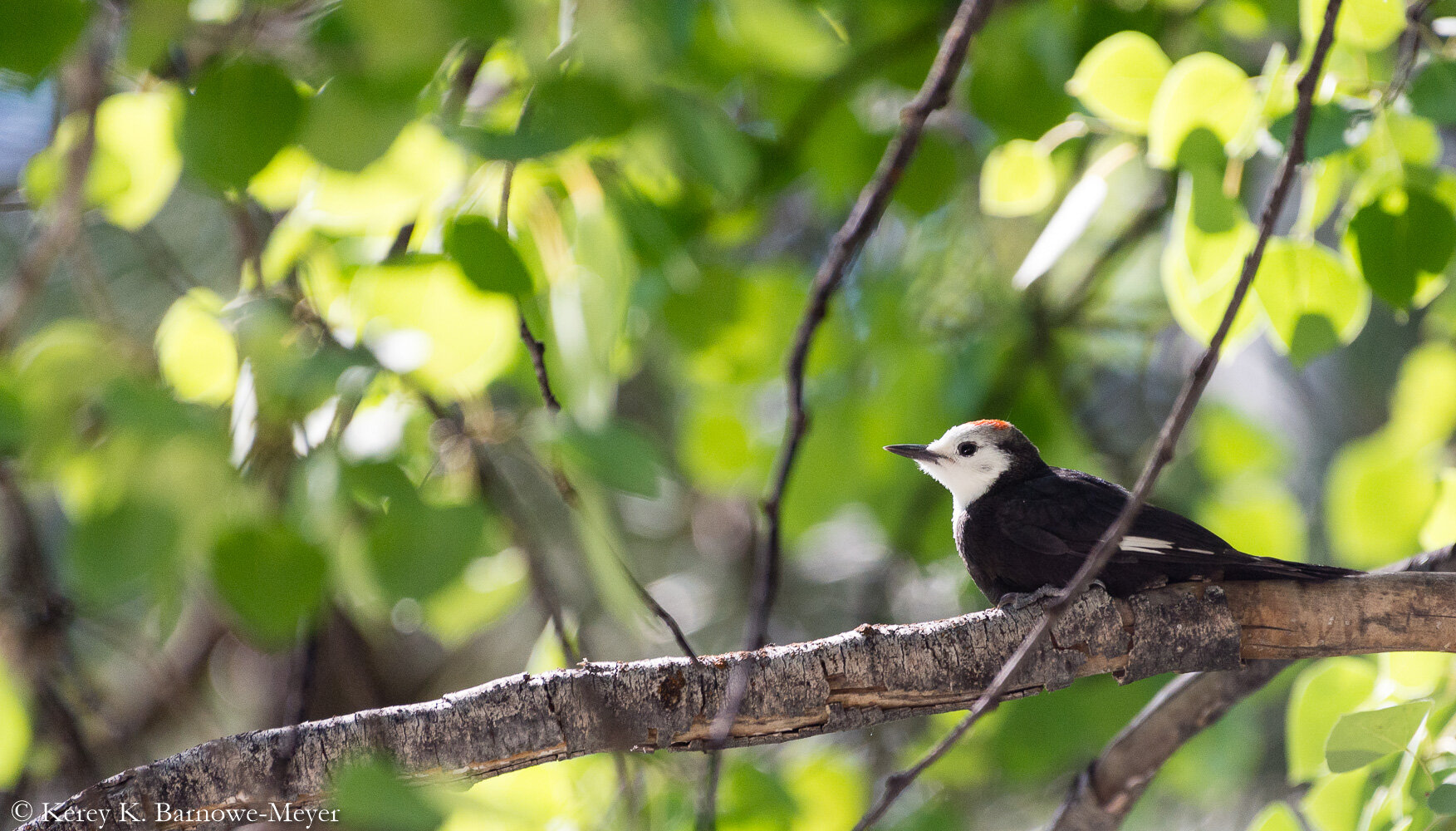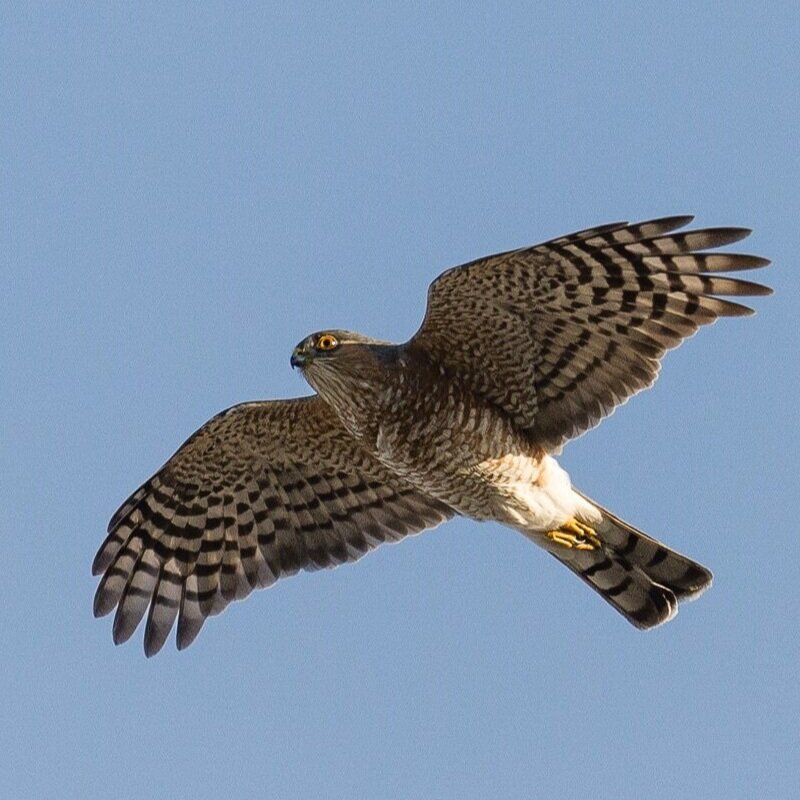
Speaking for those who cannot speak.
Homeland Diversity
The homeland of the Nez Perce Tribe contains a breathtaking diversity of topography, climates, and plant and animal communities. Over 9,000 species of wildlife, 1,860 genera of plants, and 430 genera of fungi are known or predicted to occur within the Tribe’s homeland, excluding humans, domestic animals, horticultural and agricultural plants, and fish. The Nez Perce people have relied upon and celebrated this rich tapestry since time immemorial. The plants and animals of our homeland represent essential threads in the cultural fabric of the Tribe, fulfilling a variety of subsistence, spiritual, aesthetic, recreational, and other important cultural roles. Qémes (camas), qáamsit (cous), kowskows (Canby’s licorice-root), cemí·’tx (huckleberry), and other prominent traditional food plants remain critically important to us, as do many game species including wewúkye (elk), téewisiin (mule deer), tip’íitewisiin (white-tailed deer), and tin’úun (Rocky Mountain bighorn sheep). These plants and animals are as important to today’s Nez Perce as they were to the many previous generations inhabiting our homeland.
Threats & Loss
Unfortunately, the persistence of these plants and animals for use and enjoyment by future generations of Nez Perce is threatened by a variety of factors. The extent of forest and prairie grassland communities within the Nez Perce homeland has declined significantly due to extensive conversion for agricultural use. In many cases, native habitats that remain have been degraded due to the spread of invasive species and unsustainable forest, livestock, and crop management practices. Many of the species once prominent on the landscape and in the culture of the Nez Perce people, including Columbian sharp-tailed grouse, sandhill crane, California condor, bighorn sheep, and grizzly bear, are now rare or extirpated.
Helping Hands
To help reverse these trends, Wildlife Division staff provide technical expertise and recommendations regarding wildlife and rare plants throughout the Nez Perce homeland. Activities include providing technical support to the Nez Perce Tribal Executive Committee and Fish and Wildlife Commission; assessing and monitoring wildlife and plant species and the habitats upon which they depend; reviewing land management and wildlife harvest proposals from federal, state, and Tribal partners; participating in environmental policy development efforts; and conducting educational outreach to Tribal members and the general public.






